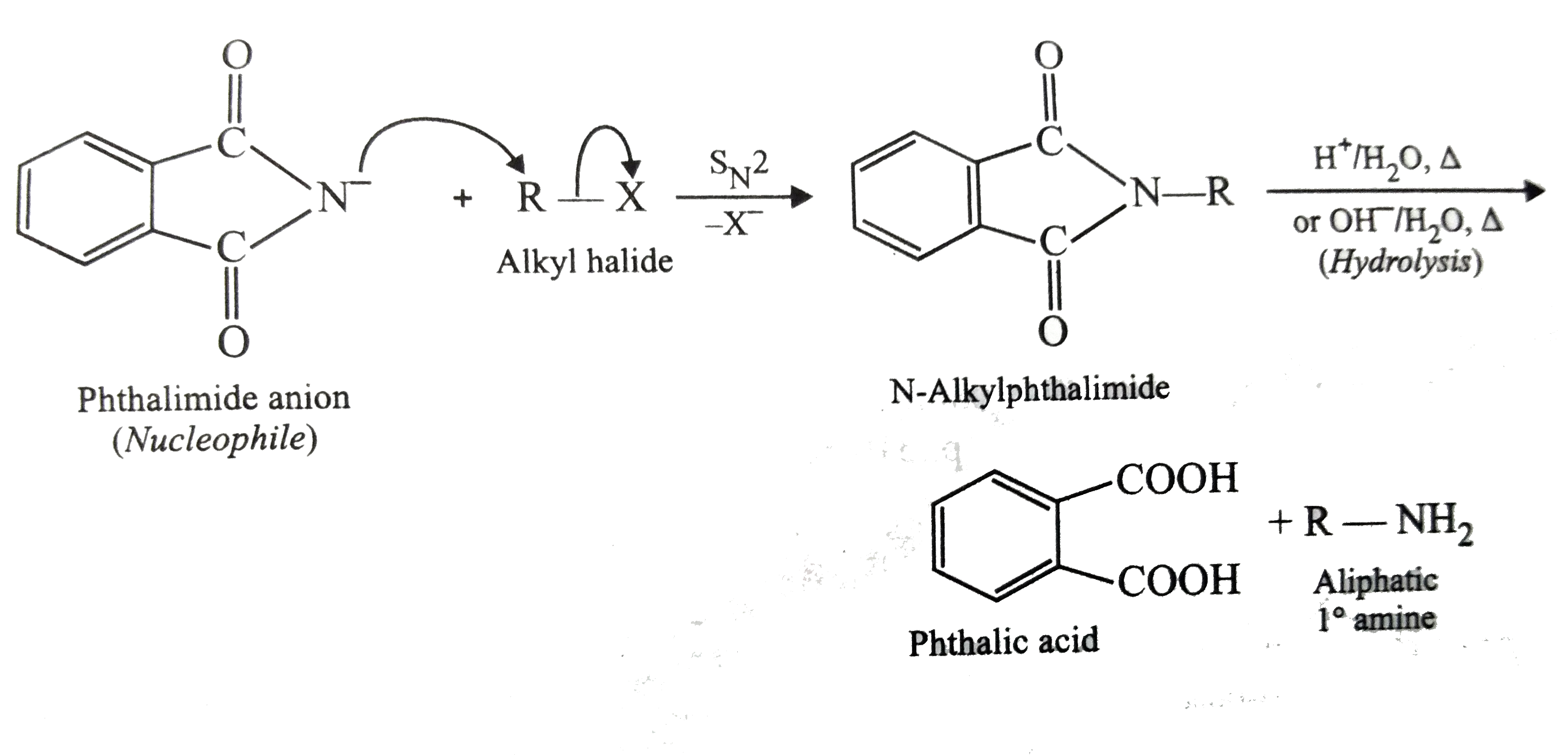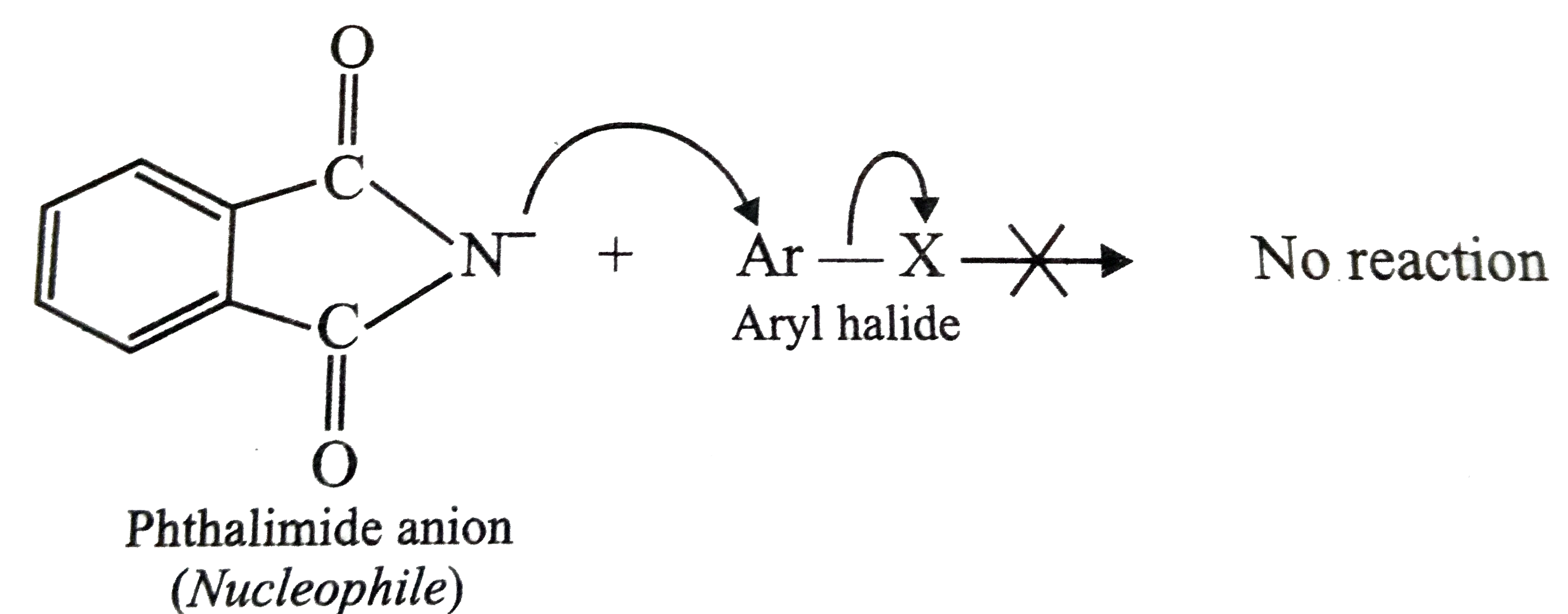InterviewSolution
This section includes InterviewSolutions, each offering curated multiple-choice questions to sharpen your knowledge and support exam preparation. Choose a topic below to get started.
| 5151. |
Which of the following imparts green/apple green colour to the Bunsen flame ? |
|
Answer» Calcium CHLORIDE |
|
| 5152. |
Which one of the following sets of ions represents the collection of isoelectronic species? |
|
Answer» `K^(+), Ca^(2+), Sc^(3+), Cl^(-)` `K^(+)= 19 -1 = 18 , Ca^(2+) = 20 - 2 = 18` `Sc^(3+) = 21 - 3 = 18 , C^(-) = 17 + 1 = 18` |
|
| 5153. |
What are polymers? |
| Answer» SOLUTION :Polymers are high molecular MASS compounds containing very large MOLECULES FORMED by the joining of repeating structural UNITS. | |
| 5154. |
Which of the following aqueous solution will have maximum vapour pressure at constant temperature ? |
|
Answer» 0.1 M NaCl The number of particles are the least in the solution of 0.1 M glucose due to dissociation does not TAKE place in it. |
|
| 5155. |
While antacids and anti allergic drugs interfere with the function of histamines, why do these not interfere with the function of each other? |
| Answer» Solution :Drugs designed to cure some ailment in one organ in the body do not affect the other because they work on different receptors. For example, secretion of HISTAMINE causes allergy. It also causes ACIDITY due to release of hydrochloric acid in the STOMACH. Since antiallergic and antacids drugs work on different receptors, therefore, antihistamines RELIEVE allergy while antacid remove acidity | |
| 5156. |
Which of the following reaction does not occur in the given galvanic cell. Al_((S))|Al_((aq))^(3+)(1M)||Ag_((aq))^(+)(1M)|Ag_((S)) |
|
Answer» `AL^(3+)+3E^(-) to Al` |
|
| 5157. |
Which of the following statement is correct here |
|
Answer» `AgBr` can show both Schottky and Frenkel defects |
|
| 5158. |
What is the coordination number of Fe^(2+) in K_(4)[Fe(CN)_(6)] ? |
| Answer» Answer :B | |
| 5159. |
Which condition is not satisfied by an ideal solution? |
|
Answer» `DeltaH_("MIX") = 0` |
|
| 5160. |
Which one of the following is used to measure conductivity of ionic solutions? |
|
Answer» metre SCALE |
|
| 5161. |
Why cannot aromatic primary amines be prepared by Gabriel phthalimide synthesis? |
Answer» Solution :The key step in the Gabriel phthalimide SYNTHESIS is a `S_(N)2` REACTION in which the nucleophile, phthalimide anion displaces the halide ion from alkyl halide to form N-alkylphthalimide. This upon subsequent acid or alkaline hydrolysis GIVES the corresponding aliphatic primary amine.   Since aryl halides do not undergo nucleophilic substitution reactions easily, therefore, arylamines, i.e., aromatic primary amines cannot be prepared by Gabriel phthalimide reactions. |
|
| 5162. |
Which of the following is a good reducing agent? |
|
Answer» POTASSIUM dichromate |
|
| 5163. |
Which one of the following is expected to rotate the plane of plane polarised light. |
|
Answer»

|
|
| 5164. |
Which two models of modern development were there before India on the eve of independence? Which model did India decide to choose and why? |
|
Answer» Solution :Two models of development before i) India Liberal Capitalist model in US and Europe and(II) socialist model in USSR. India had two wings one very impressed with the USSR socialist model - Nehru and the communist party of India as they saw poverty alleviation and social economic redistribution the prime concern and PRIMARY responsibility of the Government. India adopted the Mixed model a PLANNED economy with STATE intervention in the Public sector which had the large industries. ANY OTHER RELEVANT POINT. |
|
| 5165. |
What type of polymer is represented by the following segment ? -overset(O)overset(||)C-CH_2CH_2-overset(O)overset(||)C-OCH_2CH_2CH_2O- |
|
Answer» polyamide FIBRES |
|
| 5166. |
Which of the following names are correctly written against them ? |
|
Answer»
|
|
| 5167. |
Which of the following is not an addition homopolymer ? |
|
Answer» SBR |
|
| 5168. |
Write the IUPAC names of : (i) (C_(2)H_(5))_(2) CHOC_(2)H_(5) (ii) CH_(3)CH_(2)O-CH=CH_(2) (iii) CH_(3)-underset(CH_(3))underset(|)(CH)-O-underset(CH_(3))underset(|)(CH)-CH_(3) (iv) CH_(3)O-CH_(2)-CH_(2)-OCH_(3) (v) (vi) CH_(3)-underset(CH_(3))underset(|)overset(O_(2)H_(5))overset(|)C-OH (vii) CH_(3)CH_(2)O-underset(CH_(3))(CH)-CH_(2)-CH_(3) (viii) CH_(3)-O-CH_(2)-underset(CH_(3))underset(|)(CH)-CH_(2)-CH_(3) |
|
Answer» Solution :(i) 3-Ethoxypentane (ii) Ethoxyethene (III) 2-(2propoxy) propane (IV) 2-2-Dimethoxyethane (v) ETHOXYBENZENE (vi) 2-Ethoxypropan-2-ol (vii) 2-Ethoxybutane (viii) 1-Methoxy-2-methylbutane. |
|
| 5169. |
Cyclohexylamine is stronger base than aniline because |
| Answer» Solution :The lone pair of electrons on nitrogen in aniline is delocalized DUE to resonance with benzene RING. Thus, electron density on `-NH_2` group in aniline is decreased. There is no such EFFECT in cyclohexylamine. Therefore, aniline is a weaker BASE than cyclohexylamine. | |
| 5170. |
Write onecharacteristic of lyophilic sol. |
| Answer» | |
| 5171. |
What is the empirical formula of vanadium oxide if 2.74 g of metal oxide contains 1.53g of metal? |
|
Answer» `V_(2)O_(3)` `therefore % "of" O=44.17` `{:("Element",%,"Atomic ratio","SIMPLEST ratio"),(V,55.83,(55.83)/(52)=1.1,(1.1)/(1.1)=1),(O,44.17,(44.17)/(16)=2.76,(2.76)/(1.1)=2.5):}` `V:O=2:5` Thus, empirical formula =`V_(2)O_(5)`. |
|
| 5172. |
Zinc is obtained on large scale by : |
|
Answer» ELECTROLYSIS of `ZnCI_2` |
|
| 5173. |
Which of the following anion may be identified by their ppt reaction in aqueous solution ? |
|
Answer» `CrO_(4)^(2-)` |
|
| 5174. |
The valence shell electronic configuration of VA group elements is : |
|
Answer» `ns^(2)NP^(2)` |
|
| 5175. |
What is the formula and method of preparation of Hypophosphoric oxyacid? |
|
Answer» `H_(4)P_(2)O_(6),"white"P_(4)+"ALKALI"` |
|
| 5176. |
What is the value of slope of graph log_(10)Kto(1)/(T)? |
|
Answer» `-(K)/(2.303)` `k=e^(-E_(a)//RT)` `therefore` In k=`-(E_(a))/(R )`+In A   `therefore` If the graph of log k`to(1)/(T)` is to be drawn then , SLOPE =`-(E_(a))/(2.303R)` and intersection =A |
|
| 5177. |
Which of the following correct? |
|
Answer» `Ti(NO_(3))_(4)` is coloured |
|
| 5178. |
What happens when XeF_(6) reacts 2.5 M solution of NaOH? |
|
Answer» SOLUTION :When `XeF_(6)` reacts with 2.5 of `NaOH`, sodium per XENATE is obtained. `2XeF_(6)+16NaOHrarr underset("(sodium perxenate)")(Na_(4)XeO_(6))+Xe+O_(2)+12NaF+8H_(2)O` |
|
| 5179. |
Which of the following is the best leaving in a nucleophilic substitution reaction |
|
Answer» `F_3CSO_3^(-)` (triflate) |
|
| 5180. |
What is the half-life for the decomposition of NOCI when the concentration of NOCI is 0.15 M? The rate constant for the reaction is 8.0 xx 10^(-8) L "mol"^(-1) s^(-1) |
| Answer» SOLUTION :`8.3 XX 10^7 s` | |
| 5181. |
What is the pH of 0.01 M glycine solution? For glycine K_(a_(1)) = 4.5 xx 10^(-3) and Ka_(2) = 1.7 xx 10^(-10) at 298 K |
|
Answer» `3.0` |
|
| 5182. |
Which method is employed to convert alkyl halide into alcohol : |
|
Answer» Substitution |
|
| 5183. |
What is electrical conductivity in metals due to ? |
| Answer» SOLUTION :It is DUE to the presence of free or MOBILE electrons. | |
| 5184. |
What are heterocyclic bases? Give an example of nitrogenous heterocyclic base. |
| Answer» Solution :Cyclic compounds CONTAINING ELEMENTS other than carbon i.e., N, S, O at ring POSITION are CALLED heterocyclic compounds. Adenine is an example of heterocyclic compound. | |
| 5185. |
when 50 cm^3 of 0.2 N H_3SO_4 is mixed with 50 cm^3 of 1nKOH,the heat libereted is(Given H^+(aq)+OH^-(aq)rarrH_2O(l)Delta_neulH=-57.3kJ) |
|
Answer» `11.46`kJ |
|
| 5186. |
Which species is not known |
|
Answer» `XeF_6` |
|
| 5187. |
Which of the following is an amphoteric acid? |
|
Answer» GLYCINE |
|
| 5188. |
Which of the foollowing statements is correct regarding the slag obtained the extraction of a metal like copper or iron? |
|
Answer» The slag is LIGHTER and has HIGHER melting point than the metal. |
|
| 5189. |
Which element exist as a solid at 25^@C and 1 atmospheric pressure among the following |
|
Answer» Br |
|
| 5190. |
What happens when i. 2-Nitropropane boiled with HCl ii. Nitrobenzene electrolytic reduction in strongly acidic medium. |
Answer» Solution :i. 2-Nitropropane boiled with HCl: 2-nitropropane UPON hydrolysis with boiling HCl give a ketone (2-propanone) and NITROUS oxide.  ii. Nitrobenezen electrolytic reduction in strongly acidic medium: Electrolytic reduction of nitrobenzene in weakly acidic medium gives aniline but in strongly acidic medium, it gives p-aminophenol OBVIOUSLY through the acid - catalysed REARRANGEMENT of the INITIALLY formed phenylhydroxylamine. 
|
|
| 5191. |
Thennal decomposition of [CH_(3)CH_(2)-underset(CH_(3))underset(|)overset(NH_(3))overset(|)(N)-underset(CH_(3))underset(|)C(CH_(3))_(2)]OH^(-) gives |
|
Answer» `CH_(3)CH=CH_(2)` |
|
| 5192. |
Write the expression relating solubility and solubility product of AB_(2) type salts. |
| Answer» SOLUTION :`K_(SP) = 4S^(3) or S = 3sqrt((K_(SP))/(4))` . | |
| 5193. |
Whathappens whenfructoseis treated withsodiumamalgan and water ? |
Answer» SOLUTION :When fructoseis TREATED with sodiumamalgam and water ,particalreductiontake placeand theproductsformedare epmiersof sorbitolan mannnitol . NEW asymmetriccarbonis formedat C -2 . This reactionconfirmsthe PRESENCEOF keto groupin FRUCTOSE . 
|
|
| 5194. |
Which of the following isomerism is not possible for complex having molecular formulae: (i) Pt(SCN)_(2)*3PE t_(3) (ii) CoBr*SO_(4)*5NH_(3) (iii) FeCl_(2)*6H_(2)O |
|
Answer» Optical |
|
| 5195. |
Total number of nitrogen atoms present in reduced product obtained by reducting nitrobenzene using LiAlH_(4) followed by aqueous work up is. |
Answer»  AZOBENZENE has TWO NITROGEN ATOMS. |
|
| 5196. |
Which of the plots of ln K vs (1/T) is/are correct? |
|
Answer»
ln `K_(eq) = (-DeltaH^(@))/R.1/T +(DeltaS^(@))/R` Slope `=(-DeltaH^(@))/R, y1` in tercept `t=(DeltaS^(@))/R` |
|
| 5197. |
What is the name of the reaction of alcoholic KOH with Benzaldehyde? |
|
Answer» CANNIZARO REACTION |
|
| 5198. |
What are natural and synthetic polymers ? Give two examples of each type. |
|
Answer» Solution :Natural polymers: Polymers which are found in NATURE, i.e, in animals and plants are called natural polymers. For example, proteins, STARCH, CELLULOSE, RESINS and rubber. Synthetic polymers: MAN made polymers prepared in the laboratory and industry are called synthetic polymers. For example, plastics (polythene, PVC), synthetic fibres, (polyester, nylon 6,6), synthetic rubber (neoprene, Buna-S), etc. |
|
| 5199. |
Which of the following is used as depressant in froth floatation process. |
|
Answer» Amyl xanthate |
|
| 5200. |
The yield of acetanilide in the reaction (100% conversion) of 2 moles of aniline with 1 mole of acetic anhydride is |
|
Answer» 270 g  `{:("Init. :",2,1,0,0),("moles",,,,),("After :",1,0,1,1),("reaction",,,,):}` 1 mole of ACETANILIDE = 135G |
|